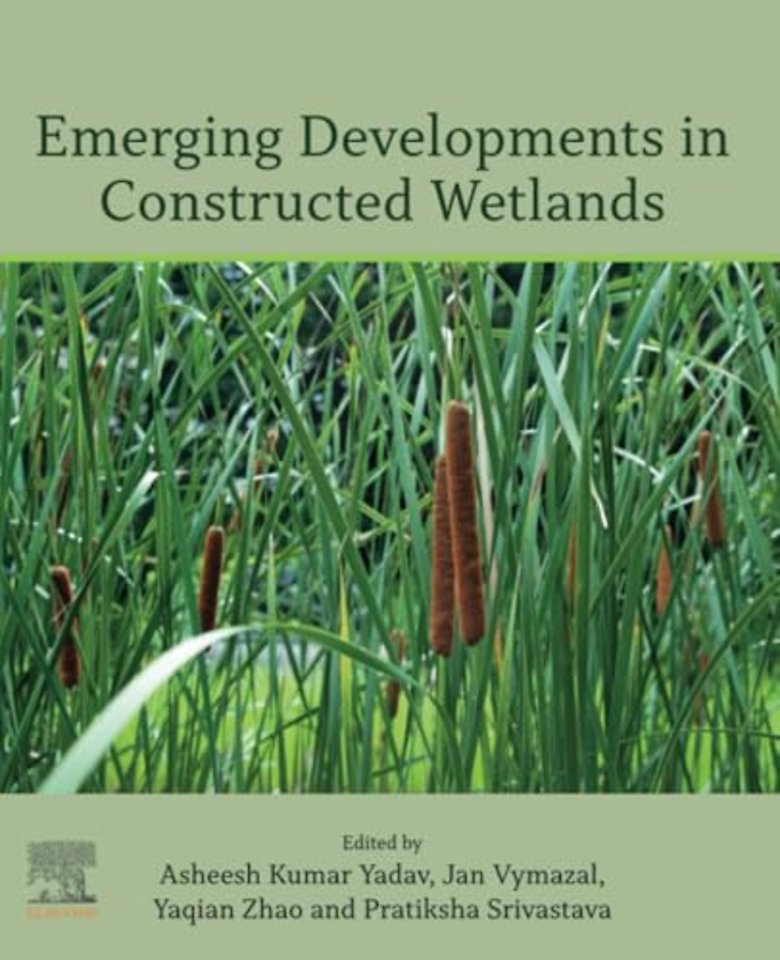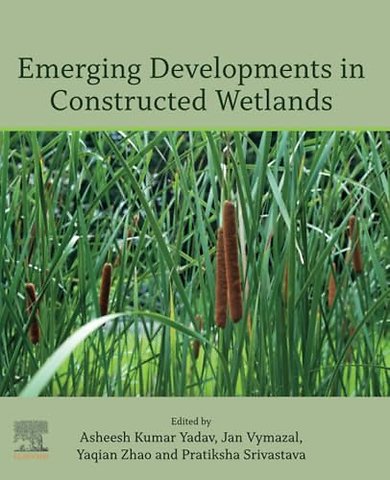<p>I. New research experience with microbial assemblage, vegetation, substrate materials, pollutants, and wastewater<br>1. An updated overview of plant species used in constructed wetlands<br>2. A global scenario of new substrates utilized in constructed wetlands<br>3. Coupling of constructed wetlands with other technologies for optimum performance<br>4. Development, advances, and mathematical modeling in treatment wetlands for eutrophic aquatic ecosystems<br>5. Understanding of biogeochemical network of redox-active elements in constructed wetlands for controlling/improving the treatment performance<br>6. Life cycle assessment of constructed wetlands: measuring their contribution to sustainable development<br>7. A revisit of constructed wetlands technology—microbial density and diversity and their relation to pollutant removal<br>8. Constructed wetlands clogging—a deeper understanding and remediation strategies<br>II. Experience on New generation of constructed wetlands coupled with microbial electrochemical technologies<br>9. The emergence of constructed wetlands coupled with microbial electrochemical technology: historical development and the potential applications<br>10. Pollutants removal in constructed wetlands coupled with microbial electrochemical technology<br>11. Bioelectrochemically assisted wetland: the METland concept<br>12. Microbial electrochemical technology for biosensing purposes in constructed wetlands<br>13. Greenhouse gases emission control using constructed wetlands coupled with microbial electrochemical technology<br>III. New experiments with design, configuration, and layout<br>14. Modular and transportable constructed wetlands<br>15. TAYA—an intensified constructed wetlands technology<br>16. Constructed wetlands inspired Phytorid technology for wastewater treatment application using<br>17. Green walls for wastewater treatment<br>18. Design recommendations to support green walls for urban water reuse guidelines<br>19. Green walls and green roof—some experiences from the field<br>20. Floating treatment wetlands: a futuristic approach for industrial wastewater treatment<br>IV. Performance intensification of constructed wetlands<br>21. Intensification of French-type verticalflow treatment wetlands using complementary treatment steps and adapted operating conditions<br>22. Emerging development in application, design, and operations & maintenance of aerated treatment wetlands<br>23. Bioaugmentation in constructed wetlands for performance enhancement<br>24. New experiences to address the performance slowness in constructed wetlands in a cold climate<br>25. Application of biochar as an innovative substrate in constructed wetlands/biofilters for wastewater treatment: performance and ecological benefits<br>26. Combining the large-scale rotating biological contactors and integrated constructed wetlands for improving river quality<br>27. Estimating the removal rate coefficient for intensified wetlands utilizing reactive media for treating high-strength wastewater: an N-k-C* approach<br>V. News functions<br>28. Wetland community expertise in the new nature-based solutions and circular economy vision<br>29. Valorization prospects of plant biomass generated in constructed wetland for bioenergy production<br>30. Fecal sludge management using constructed wetlands<br>31. Understanding removal of microplastics in constructed wetlands: processes, performance, and impacts<br>32. Implementing constructed wetlands for wastewater and sludge treatment in hot and arid climates: existing solutions and future challenges<br> </p>

